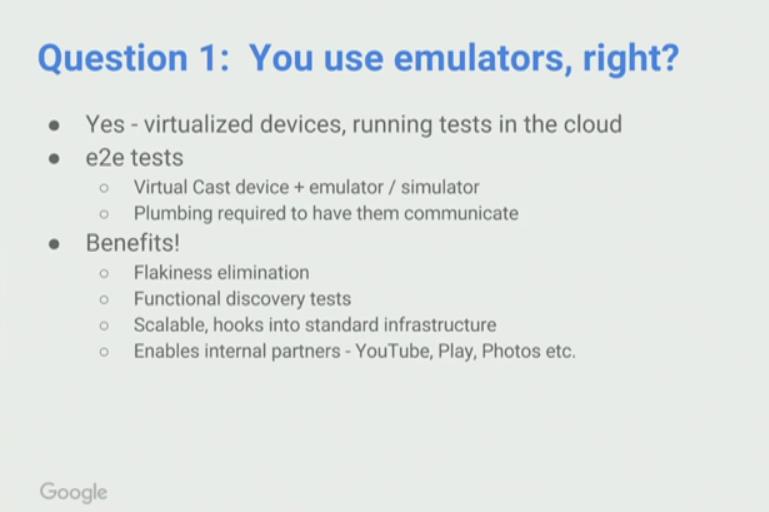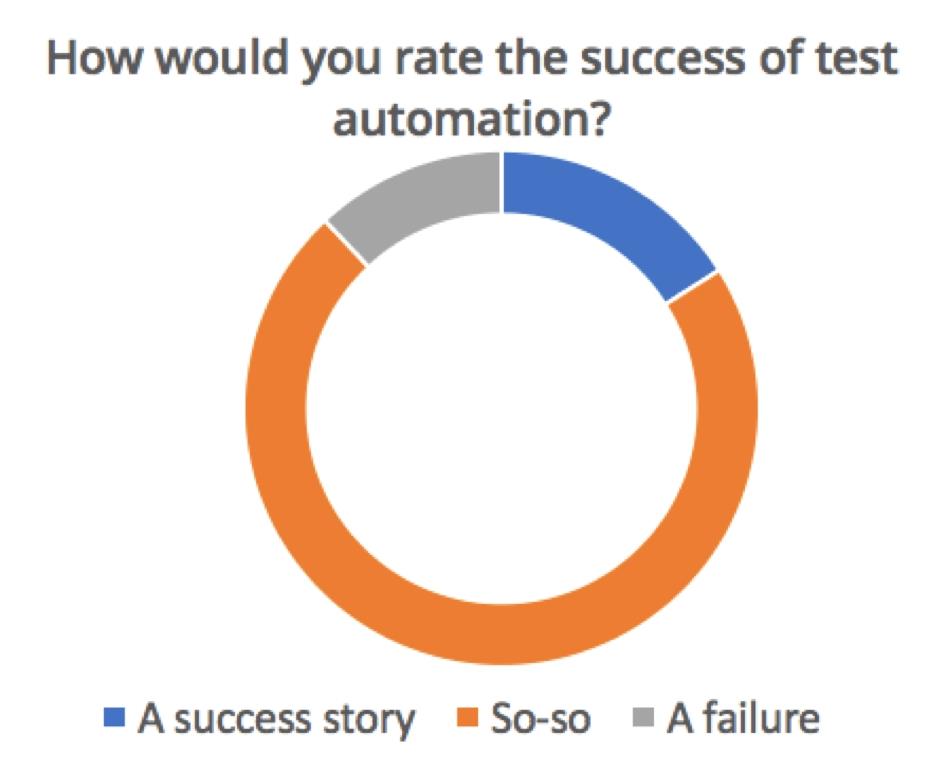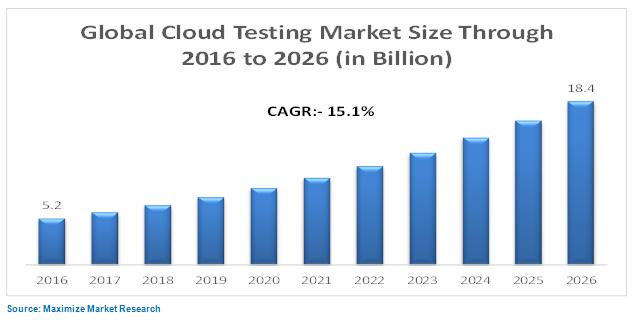
The revolution of cloud devices has brought remarkable access to their customer base via mobile app market. Consumer apps still control the eco-system of mobile app; however, organizations are gradually moving towards them.
Mobile apps, however basically worked to be used on mobile devices, can likewise be retrieved on other platforms. This cross-platform user-friendliness and succeeding ease of use has additionally been a major feature in its volatile development. It is protected to expect that the mobile apps are an important part of modern-age current society. Today, as tremendous numbers of applications are in existence, the typical user has the advantage of having the capacity to pick an application for his needs from an enormous choice of applications with comparatively styled characteristics and functions. On the other hand, if the user experiences any issues while actually using the application, he is expected to instantly replace it with some other and moreover give it a negative review, further influencing the given app’s picture.
Hence, in the tremendously competitive world of mobile apps, organizations are looking to discharge apps that function well in various devices, operating systems, internal hardware configurations and through various mobile networks. In this way, testing an application amid its development cycle is really significant to its success.
As a sole ideal testing technique does not exist, every distinctive testing strategy has its own impediments regarding costs, quality of testing and complete time taken. It is perpetually turned out to be imperative to implement a testing strategy that involves many diverse testing techniques.
Let’s take a look at some mobile app testing strategies:
- Using Emulators
As there are thousands of mobile devices available in the market, a number additionally increased when many internal design for the similar model are considered. It is tremendously challenging and time consuming for testing to be done on each kind of device. Emulators enable the testers to impersonate several devices in the similar virtual test condition, in this manner considerably decreasing expenses, enhancing productivity and saving time. These can be organized to provide options for various networks too. When determining on an emulator for testing purpose, one must validate that they give the instrumentation and network options to be flexible as you need. Below is the Google answer on using emulators:

It is noted that however, the use of an emulator has great advantages; it does not implies that testing on real physical devices can be entirely skipped. Physical devices are as yet fundamental to comprehend application behavior in real life situations; for instance, to evaluate application behavior throughout messages, phone calls, low battery notifications, etc.
- Automated Testing
Automated scripts are important to accelerate the process of testing, particularly with regards to effective regression testing amid the stages of development. Any testing platform, like Emulator, remote solutions that supports scripts and playback choices aids in saving time by enabling more test cases to be performed on regular basis.
If we would try to make a approx. graph of automation success rate, then it can define in that way too:

Automated testing is perfect for use when mobile app is developing and with frequent regression tests amid a long development cycle. Also, it helps if a substantial part of the tests have attainable functionality test cases.
- Cloud Testing
Cloud testing is the other integral factor for testing mobile apps. It enables you to have an online mobile testing environment where apps can be carefully tested, deployed and manage the mobile application.
Benefits
It provides a pre-configured and synchronized test environment; that has the competency in reducing the related defects with mistakenly designed test environment to enhance the application quality to a great extent.
By using this process of testing, there is no need to spend on any other advance testing tools, different kinds of arrangements, licensing and resources of testing. It saves the testing organizations for establishing on-premise test environment that is time consuming and lead to delays in project. Besides, this process decreases the time, costs and improves the testing efficiency.
It delivers real-time testing results where defects are examined while running the test.
It is has the ability in solving issues of dynamic, complex and dissimilar app in an in-house environment.
Cloud Testing Market Size:

Cloud testing becomes an integral factor when the necessary device is inaccessible. The accomplishment of an app is resolved enormously by smooth functionality on its release day. Testing is important in certifying the best quality product that reaches to the end buyer. In this way, employing a testing strategy that includes real devices, emulators and other platforms of mobile testing can certify an effective launch.
Summing Up
For the mobile application a successful one, we cannot ignore the significance of mobile application testing strategies, but it is indefinite that a worthy strategy might deliver quality mobile app and enhance the performance of mobile application. With a worthy testing strategy, worthy testing practices and target devices must be there.
Author Bio:
Claire Mackerras, is a Senior QA Engineer & Editor associated with Bugraptors. A CMMi5 certified company with extensive experience as a third party testing vendor in US. She is passionate toward writing on technological trends for manual & automation software testing. She likes to share her knowledge, for the readers who are interested in exploring testing tact’s and trends.
